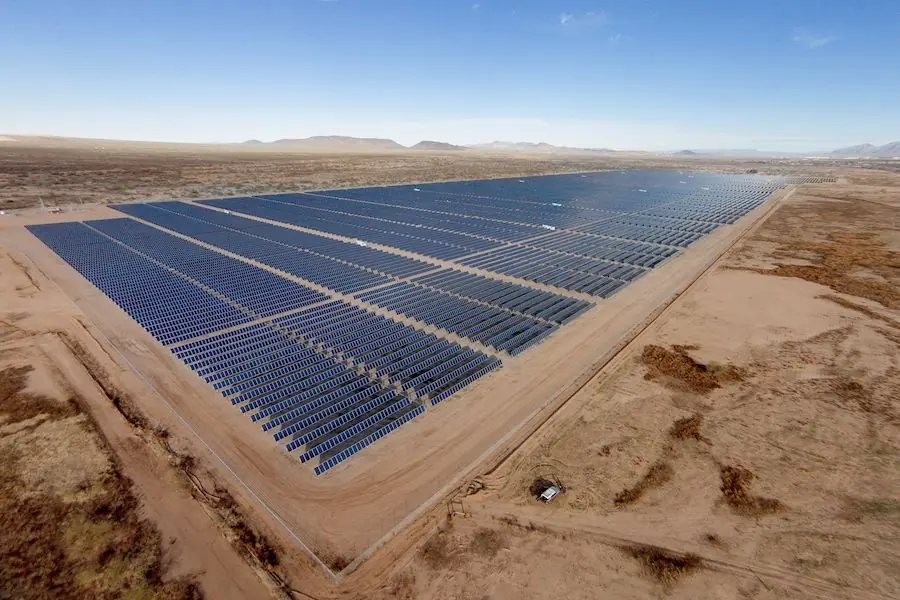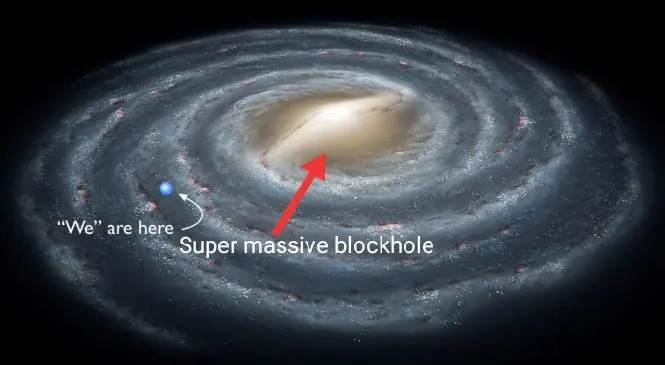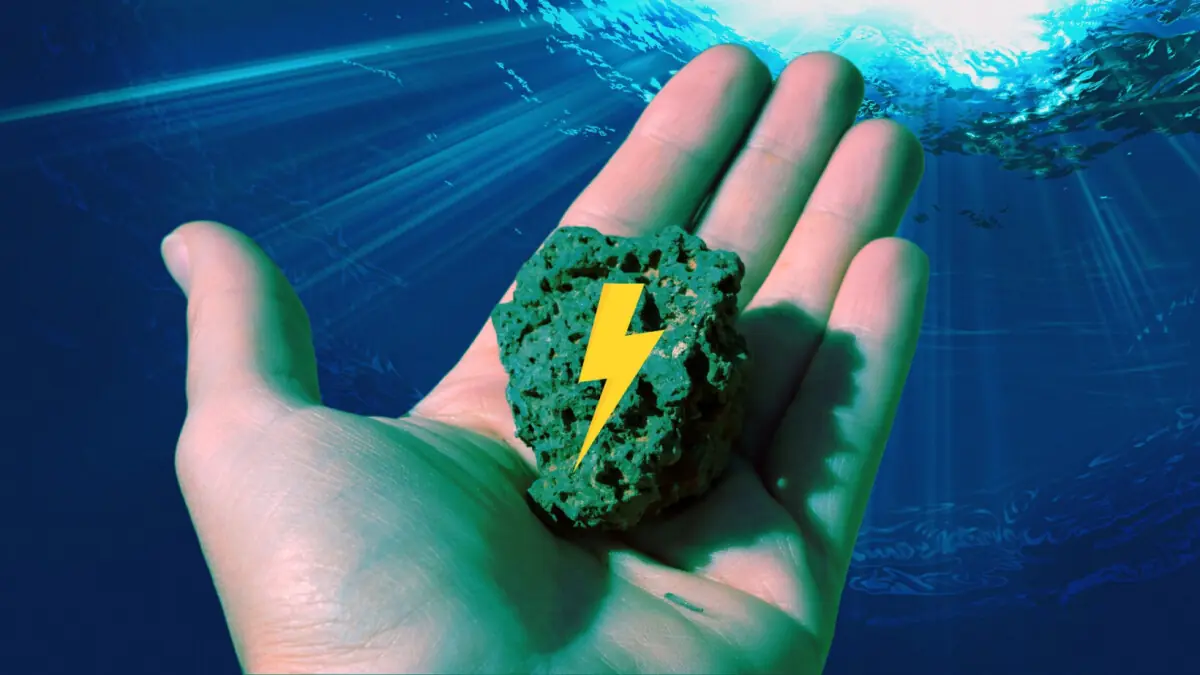
$20 Trillion Tunnel Could Zip You From U.S. To U.K. In Just 54 Minutes
Imagine boarding a sleek capsule in New York City, and less than an hour later, stepping out in London. No jet lag, no long flights—just 54 minutes of high-speed travel under the Atlantic Ocean. It sounds like science fiction, but scientists and engineers have been toying with the idea of a transatlantic tunnel that could make this a reality. With an estimated cost of around $20 trillion, the concept remains theoretical for now, but it's capturing imaginations across the globe.
This ambitious project envisions a vacuum-sealed tunnel, stretching approximately 3,100 miles (5,000 kilometers) beneath the Atlantic Ocean, linking the east coast of the United States with western Europe. The transportation method of choice would be a vactrain—a vacuum train system where magnetic levitation (maglev) allows near-frictionless movement through a low-pressure tube. Speeds could exceed 4,000 miles per hour (6,400 km/h), making the journey faster than even supersonic jets or commercial airliners.
The technology behind the vactrain is not entirely new. Magnetic levitation is already used in countries like Japan and China, where trains glide above tracks with minimal resistance. The vacuum aspect, however, is what would take this concept to the next level. By eliminating air resistance and reducing friction to almost zero, vactrains could move at hypersonic speeds without overheating or requiring excessive energy.
But the engineering challenges are enormous. First and foremost is the construction of the tunnel itself. Stretching a tunnel under thousands of miles of ocean would require materials and construction techniques far beyond anything currently in use. The tunnel would have to withstand extreme pressure, seismic activity, and corrosion from salt water—all while maintaining the vacuum conditions necessary for vactrain operation.
Another hurdle is cost. The $20 trillion price tag is more than the GDP of most countries. Financing such a project would require unprecedented international cooperation, political will, and likely a multi-decade commitment. The environmental impact of such a massive undertaking would also need to be carefully studied. Is it worth investing so many resources in a project that might only benefit a limited number of travelers?
On the other hand, the potential benefits are astonishing. A transatlantic vactrain could revolutionize global travel, dramatically cutting down travel time and reducing the carbon footprint associated with long-haul flights. It could also create a new era of global business, tourism, and cultural exchange. Imagine attending a morning meeting in New York and catching dinner in London that same evening—all without stepping on a plane.
Supporters of the idea argue that many great inventions—airplanes, space travel, the internet—once seemed impossible or impractical. They believe that with the right innovation and investment, the transatlantic tunnel could become the next great leap in human connectivity.
Critics, however, remain skeptical. They point to the lack of current infrastructure, the technical limitations, and the sheer scale of the project as reasons it may never get off the ground—or under the ocean, in this case.
Still, as technology advances and the world becomes increasingly interconnected, such futuristic concepts may not be as far-fetched as they seem. While we might not be zipping across the ocean in under an hour anytime soon, the dream of a 54-minute trip from the U.S. to the U.K. reminds us of humanity’s relentless pursuit of speed, connection, and innovation.
News in the same category


Could the Sahara Desert Power the Entire World with Solar Energy?

Drunk Bees? How Fermented Nectar Affects Honeybees in Australia

How Small Earth Is in the Universe—And Why That Should Inspire Us

Scientists Baffled By Earth’s Mysterious 26-Second ‘Heartbeat’—Still No Clear Explanation

Deep-Sea Discovery: How “Battery Rocks” Are Producing Oxygen 4,000 Meters Below the Pacific

Understanding Evolution: Evidence That Species Evolve Over Time

Alfred Wegener: The Scientist Who Was Laughed at in 1912—But Changed Earth Science Forever

Shocking Discovery Beneath the Great Pyramid of Giza: Lost Advanced Technology?

Scientists Propose Cooling Earth By Spraying 12 Million Tons Of Particles From Boeing Jets

From Recycled Materials To Viral Fame: Teen’s Diy Lamborghini Replica Turns Heads

Astronomer Rides Simulation To The Edge Of The Universe—Chasing Light From The Big Bang

Controversial Inventor’s Mysterious Death Sparks Debate Over Alternative Energy Suppression

Largest Dinosaur Ever Discovered in Argentina: New Titanosaur Fossil Unearthed

Dark Oxygen" Discovered in Pacific Ocean: A Breakthrough in Understanding Life on Earth and Beyond

NASA’s New Telescope Could Detect Alien Life In Just Hours, Scientists Say

Astronomers Trace Decade-long Mystery Radio Signals to Binary Star System 1,600 Light-Years Away

Scientists Warn: Global Warming Could Reach 7°C by 2200, Triggering Catastrophic Climate Disasters

Plastic Bag Found in Mariana Trench: A Deep Warning About Ocean Pollution
News Post

🧄🌿 Natural Remedy for Leg Pain, Rheumatism, Varicose Veins & Arthritis with Cloves and Garlic

Modern House Fires Burn Faster: Why You May Have Only 3 Minutes to Escape

White Clover (Trifolium repens): 15 Benefits and Homemade Uses

A Mom of 7 Demanded My Deaf Grandpa Get Out of the Elevator—So I Brought Her Back to Reality

Could the Sahara Desert Power the Entire World with Solar Energy?

Breakthrough Protein Combo Could Heal Heart Damage and Regenerate Organs

Head Injuries May Reactivate Dormant Viruses and Trigger Alzheimer’s-Like Brain Damage

How Blood Production Changes After 70: New Research Reveals a Surprising Shift

My Ex-husband Got Our House, Car and All Our Money After Divorce – I Laughed Because That Was Exactly What I Planned

My Husband Cheated on Me With Secretary, Then Karma Crushed Him Back

My Husband Didn't Meet Me at the Hospital Discharge with Our Newborn – When I Found Out His Reason, I Went Pale

Mom of Quintuplets Can’t Pay For Groceries, Voice behind Says, ‘Your Bill Is Already Covered’

Drunk Bees? How Fermented Nectar Affects Honeybees in Australia

How Small Earth Is in the Universe—And Why That Should Inspire Us

What Is Acid Reflux? Causes, Symptoms, and How to Prevent GERD

AI and Eye Scans: A Breakthrough in Fast, Accurate ADHD Diagnosis

Early Signs of Heart Disease: What Chest Pain, Shortness of Breath, and Swollen Legs Could Mean

Groundbreaking Nanoparticle Technology Reverses Parkinson’s Disease in Stunning Study

This Psychedelic Root from Brazil May Be Able to Treat Depression
